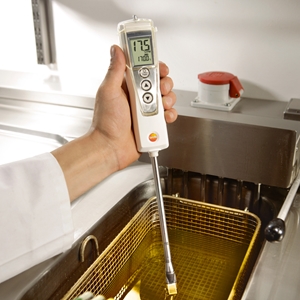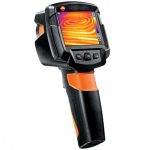Cooking oil is a major part of the manufacturing and hospitality industries and it’s used on an everyday basis. While it is often considered just a part of the process, there is no doubt that the quality of fried food depends on the quality of the frying oil.
In essence, ensuring that the oil is up to standard is the best way to make sure the customer is getting the best end product possible.
With any cooking product, oil breaks down over time so perhaps the first batch of chips is perfect, but by the third or fourth round, the oil will be doing more harm to the food than good.
The Frying Oil Quality Curve
Scientists have developed a five-tier system that shows how oil passes through the degradation process. As mentioned above, the act of heating and re-heating cooking oil increases its oxidation – essentially breaking down the oil over time.
With this in mind, the Frying Oil Quality Curve explains the process that cooking oil goes through.
- The first phase is regarded as Break-in Oil. The oil is still warming up so any food placed in it will offer no crisp or cooked odours. The food won’t pick the oil up either.
- The next phase is called Fresh Oil. As the oil heats up, it is possible to notice a slight browning at the edge of the fry. The product will also pick up slightly more oil.
- As the oil reaches peak performance level, it enters the Optimum Oil stage. This produces a golden-brown colour and crisp, rigid surfaces as well as perfect oil absorption.
- As the oil becomes older, it begins the Degrading Oil process. The food will become much darker and could include spotty surfaces. The fried shell could become limp and the product picks up excess amounts of oil.
- The final stage of oil quality is regarded as Runaway Oil. At this point, the food becomes hard, very oily, the surface might collapse and the inside won’t cook probably. The flavour of the product also changes to a burnt sensation and the food might smell differently.
It is important to note that as the oil gets older, the product becomes a hazard for consumers. Not only does more fat get absorbed into the food, the flavour becomes unpleasant and the smell isn’t appealing.
This is why it’s imperative to have the processes in place to monitor cooking oil quality. One device to achieve this is the testo 270 Cooking oil tester which tests the total polar material or quality of the oil. The sensor attached is embedded in metal and breakage-proof material that can be wiped easily in any environment for future use.









 Reduce cooking oil costs while ensuring quality
Reduce cooking oil costs while ensuring quality Expert knowledge on CO2 monitoring
Expert knowledge on CO2 monitoring Refrigeration knowledge - in 3 modules
Refrigeration knowledge - in 3 modules



